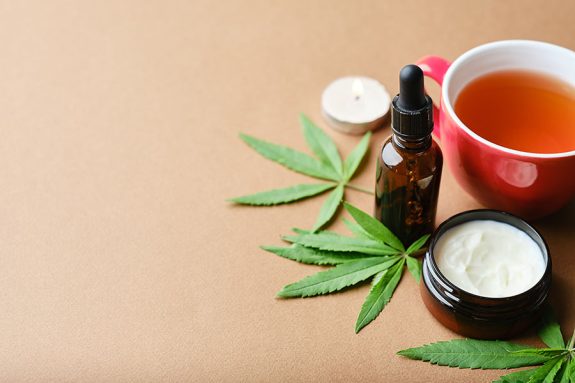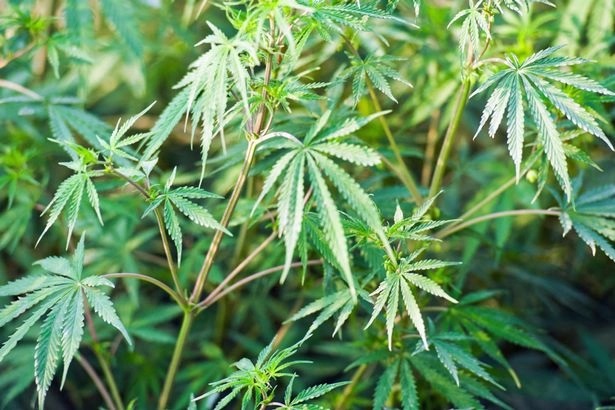In recent years, the hemp has attracted worldwide attention, not only because of its link with cannabis, but also because of its versatility and the many benefits it can bring to both industry and human health.
Table of contents
Although it is often confused with cannabis, the hemp is a plant with very different characteristics and uses. This article will explore in depth what hempby highlighting its chemical composition, its properties and its many potential applications in our daily lives.

From active compounds such as cannabinoids and terpenes to applications in diverse industries such as textiles, construction and food, hemp is proving to be a sustainable and beneficial resource for human life.
Dive with us into the world of hemp, a plant that is redefining industries and enriching our lives thanks to its impressive properties and benefits.
Definition of hemp
Hemp, also known as industrial hemp or Cannabis sativa, is a plant belonging to the Cannabaceae family. It is a plant with a wide range of uses, from medicine to food and industry.
There are two main types of hemp:
Cannabis sativaOften grown for its fibre and seeds, this plant has a tall, slender stem. The hemp fibres are used to make textiles, paper and other industrial products. Hemp seeds are edible and rich in nutrients, including protein and omega-3 and omega-6 fatty acids.
Cannabis indica: Mainly used for medical and recreational purposes because of its higher THC (tetrahydrocannabinol) content, a psychoactive compound.
In medicine, hemp can be used to produce CBD (cannabidiol) oil, a non-psychoactive compound reputed to have numerous health benefits, such as pain relief, anti-inflammatory properties and anxiety reduction.
In many parts of the world, the cultivation and use of hemp is strictly regulated or banned because of the addictive nature of certain compounds present in the plant.

Main differences between hemp and cannabis
Although hemp and cannabis come from the same family of plants, Cannabis sativa LThe differences are significant in terms of chemical composition, applications and legality.
These differences are essential to understanding why the hemp can be used in so many different contexts, whereas cannabis is mainly associated with recreational use. Here are the distinctive features of the two plants:
THC and CBD content
The most notable difference between hemp and cannabis is the tetrahydrocannabinol (THC), the psychoactive compound that produces euphoric effects. By law, hemp contains less than 0.3% of THC by dry weight, which is not enough to cause altered perceptions. Cannabis, on the other hand, can contain from 5% to more than 30% of THC, which explains its potency and recreational use. Hempon the other hand, is a plant rich in CBDthe main cannabinoid.
Legality
Because of its low THCHemp is legal in most countries, with certain regulations ensuring that the plant does not exceed the above-mentioned limits. Cannabis, on the other hand, remains illegal in many places due to its high THC content, although some states and countries have begun to legalise its use under strict regulations.
Uses and applications
Hemp has a range of industrial and commercial applications, including the production of textiles, rope, building materials, beauty products and food supplements. Cannabis, on the other hand, is mainly used for recreational purposes and, to a very limited extent and under strict medical supervision, for medical purposes.
These differences not only affect the way these plants are regulated and used, but also their social and legal perception. Understanding these differences is essential for anyone interested in growing, selling or using cannabis products.
Uses of hemp
Hemp is one of the most versatile and sustainable plants in existence and is used in many industries because of its exceptional properties. Here's an overview of its various applications:
Textile industry
Hemp has been used to make textiles for thousands of years. Its fibres are strong, durable and resistant to mould, making them ideal for producing clothing, bags, shoes and other accessories. Hemp fabric also offers good thermal regulation and is biodegradable, making it a preferred ecological choice in sustainable fashion.
Construction
In the construction industry, it is used to produce "hemp concrete"a construction material that blends the hemp fibres with lime. This material is lightweight, insulating and carbon-absorbing, offering an environmentally-friendly alternative to traditional building materials. What's more, the insulating properties of hemp concrete contribute to the energy efficiency of buildings, reducing heating and cooling costs.
Cosmetics industry
Hemp seed oil is highly prized in cosmetics for its rich composition of essential fatty acids, antioxidants and vitamins. It is used in products such as moisturisers, serums, lip balms and hair care products. Hemp seed oil is also used as a base for many CBD products, such as CBD oils.
Food industry
Hemp seeds are nutritious and rich in proteins, fatty acids and vitamins. omega-3 and omega-6It also contains a variety of minerals such as potassium, magnesium and iron. They are eaten in the form of whole or shelled seeds, oil and vegan protein powder.
CBD production
In addition to its industrial and nutritional uses, hemp is a major source of cannabidiol (CBD), a non-psychoactive compound used for its many benefits. The CBD is extracted from hemp flowers and is used in a variety of products, including oils, creams and e-liquids.
Each application demonstrates hemp's ability to provide ecological and efficient solutions in a wide range of industries, making it a valuable resource on the road to a greener, more sustainable future.

